Single Ball Frac Sleeve System
Overview

Our team has explored the advancement of a hydraulic fracturing system based on past Senior Design team’s research and experimentation. Utilizing ball and sleeve hydraulic fracturing technology, this fracturing sleeve is aimed at commercial use for the collection of oil and natural gas as an alternative to the widely used “plug and perf” method. The sleeve operates through the use of hydraulic pressure, adjustable seals, and most importantly through the use of the patented Finger Collet System.
Unlike the conventional sliding sleeve fracking systems, our design utilizes a single size ball to activate each stage, allowing for longer laterals and more stages per well. This feature sets our design apart from the industry standard. It can do this because of the patented Finger Collet System, which allows for either passing balls or activating the sleeve depending on the pressure set by the operator.
Team Members
- Henry Collis
- Clayton Haines
- James Hare
- Jacob Dunahue
The Client
- Dr. William Fleckenstein – CSM Petroleum Engineering
Acknowledgements
Our team would like to formally recognize the help we have received from our Client, Professor William Fleckenstein, and our Project Advisor, Professor Bahman Rejai. Their guidance throughout the last two semesters was crucial to the success of our project. Thank you both!
Elevator Pitch
Design Approach
To analyze this design, we started by creating a full electronic prototype. Using this prototype, we designed specific subsystems, namely the sealing system and the locking mechanism. Through communication with our client we had our subsystem designs approved, resulting in the electronic prototype above.
After we did the electronic prototype and initial subsystem design, we completed detailed computational fluid dynamics (CFD) and finite element analysis (FEA) simulations, as well as created a physical prototype to prove the functionality of the Finger Collet System.
Design Solution
The prototype is a simplified scale model of our system machined from Delrin and acrylic. Through testing it demonstrated the ability of our system to either pass a ball with an operator induced pressure spike or retain a ball and open the sleeve under constant pressure.
In addition to the physical prototype, computational fluid dynamics (CFD) was used to analyze the design. As shown in the figure below, the CFD validated our sealing system but also showed that the Finger Collet System will have leaks. It was necessary to confirm that although frac-fluid could leak through the cracks in the fingers, a substantial pressure drop could still be achieved across the frac-ball.
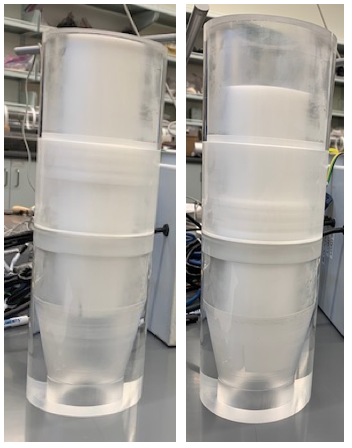

The CFD simulation confirmed that a large pressure difference can be achieved across a frac-ball with our Finger Collet System.

This further validated the design and allowed the team to pinpoint what inlet pressure the operator would use to either activate a sleeve or pass a ball by using a finite element analysis (FEA) study.

The FEA study above was done by using fluid pressure results from the CFD analysis applied on the fingers. The displacement results from the FEA study show that the fingers deflect enough to adequately pass the ball, while achieving a reasonable factor of safety in the part.
Through using simulations and testing of the physical prototype, the Finger Collet System was confirmed as a viable commercial system that could successfully improve the efficiency and effectiveness of current hydraulic fracturing.
Next Steps
The next phase of this project would involve finalizing the manufacturing process for the entire system. This could be completed by out-sourcing machining to create a 1st iteration working prototype to begin taking the design to market. More substantial tests could also be completed with a first-generation working prototype in order to confirm that particulates in frac-fluid do not destroy the sealing system. Furthermore, a more in-depth material selection could be completed in order to provide the highest quality economical design. The current electronic prototype simulations are set up to easily iterate for material changes as well as differences for pressure and temperature environment.
Meet the Team
Henry Collis
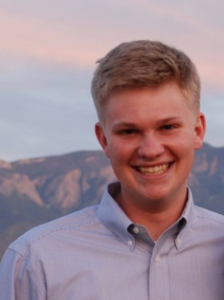 I graduated from Colorado School of Mines (CSM) in May, 2020. I did my undergraduate in Mechanical Engineering with a minor in Computational and Applied Mathematics.
I graduated from Colorado School of Mines (CSM) in May, 2020. I did my undergraduate in Mechanical Engineering with a minor in Computational and Applied Mathematics.
I grew up in Albuquerque, New Mexico, and have a love for authentic green chile.
While at CSM I had a lot of fun playing club tennis and participating in intramural sports. My most proud accomplishment is winning the intramural spike ball tournament in 2020.
I am now enrolled in a Mechanical Engineering PhD. program at Stanford University.
Feel free to connect with me on Linkedin here: https://www.linkedin.com/in/henry-collis/
Clayton Haines
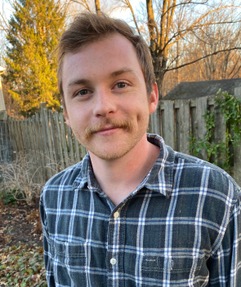 I am a Mechanical Engineering Student at the Colorado School of Mines. As I graduate in May 2020, I have looked back at my engineering accomplishments while at the School of Mines. From detailed design work, to prototyping with both electronic and mechanical components, I have learned quite a lot.
I am a Mechanical Engineering Student at the Colorado School of Mines. As I graduate in May 2020, I have looked back at my engineering accomplishments while at the School of Mines. From detailed design work, to prototyping with both electronic and mechanical components, I have learned quite a lot.
James Hare
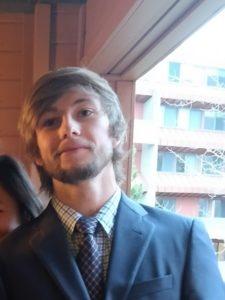
Jacob Dunahue
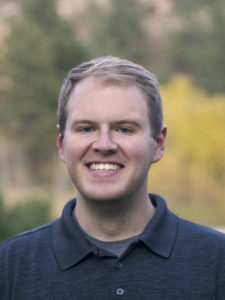 I am a current senior in Mechanical Engineering from Denver, CO. I have an interest in mechanical design as well as computer science. I hope to pursue a career doing mechanical design in the aerospace industry. In my free time, I enjoy hiking and biking, photography, and glassblowing.
I am a current senior in Mechanical Engineering from Denver, CO. I have an interest in mechanical design as well as computer science. I hope to pursue a career doing mechanical design in the aerospace industry. In my free time, I enjoy hiking and biking, photography, and glassblowing.
During my time at Mines I was a dedicated member of the American Society of Mechanical Engineers, serving as our chapter’s publicity chair for the past 2 years and treasurer for the past year.
Feel free to connect with me on Linkedin: https://www.linkedin.com/in/jacob-dunahue